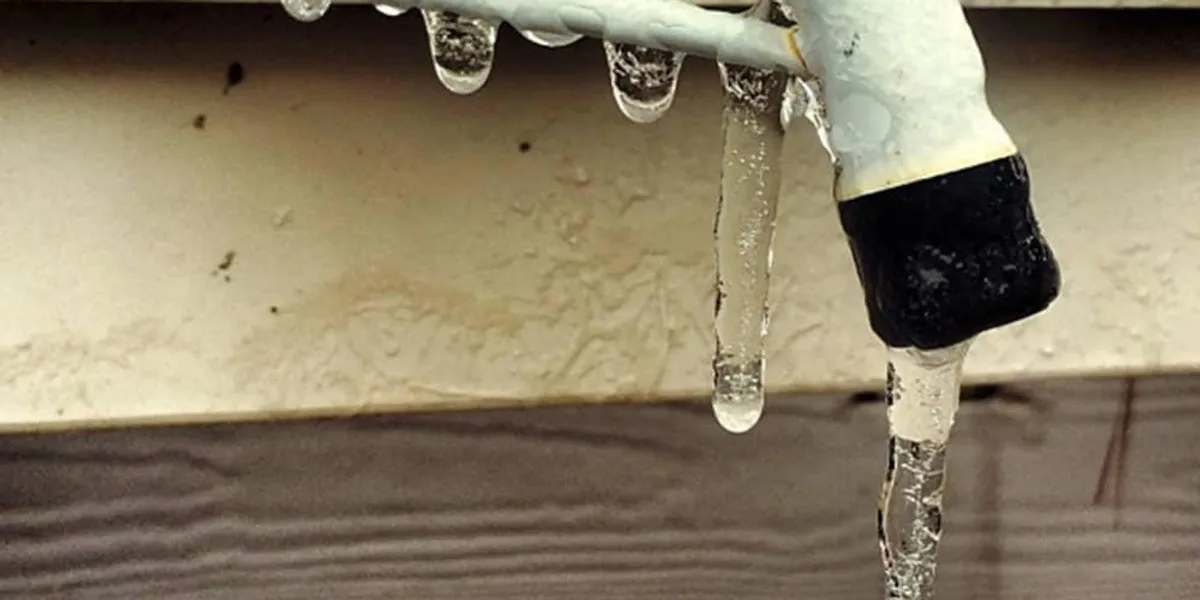Tips to Protect Pipes from Cold Weather: Expert Advice
Tips to Protect Pipes from Cold Weather: Expert Advice
Blog Article
We've stumbled upon this article about Helpful Tips to Prevent Frozen Pipes this Winter listed below on the web and think it made sense to relate it with you on my blog.

Winter can ruin your pipes, specifically by freezing pipes. Right here's exactly how to avoid it from happening and what to do if it does.
Intro
As temperatures decline, the danger of frozen pipes boosts, possibly causing pricey repair work and water damages. Understanding just how to prevent frozen pipelines is crucial for homeowners in chilly environments.
Recognizing Frozen Pipes
What triggers pipelines to ice up?
Pipelines ice up when exposed to temperature levels listed below 32 ° F (0 ° C) for expanded durations. As water inside the pipes ices up, it expands, putting pressure on the pipe walls and potentially causing them to break.
Threats and problems
Icy pipelines can cause water system interruptions, building damages, and costly repair work. Ruptured pipes can flood homes and trigger considerable architectural damages.
Signs of Frozen Pipes
Identifying frozen pipes early can prevent them from bursting.
Just how to recognize icy pipelines
Try to find lowered water flow from taps, unusual odors or sounds from pipelines, and visible frost on subjected pipes.
Avoidance Tips
Insulating vulnerable pipelines
Wrap pipelines in insulation sleeves or use warmth tape to protect them from freezing temperatures. Concentrate on pipelines in unheated or exterior locations of the home.
Heating strategies
Keep interior areas properly heated, specifically locations with pipes. Open up cupboard doors to permit cozy air to flow around pipelines under sinks.
Shielding Outside Plumbing
Yard hose pipes and outdoor faucets
Separate and drain yard pipes before winter season. Install frost-proof faucets or cover outside faucets with insulated caps.
What to Do If Your Pipelines Freeze
Immediate actions to take
If you presume frozen pipelines, maintain faucets open up to relieve stress as the ice thaws. Make use of a hairdryer or towels taken in hot water to thaw pipelines slowly.
Long-Term Solutions
Structural modifications
Consider rerouting pipes far from outside wall surfaces or unheated locations. Include extra insulation to attic rooms, cellars, and crawl spaces.
Upgrading insulation
Invest in top notch insulation for pipelines, attic rooms, and wall surfaces. Proper insulation aids maintain constant temperature levels and minimizes the danger of frozen pipes.
Conclusion
Stopping icy pipelines requires positive actions and fast responses. By understanding the reasons, indications, and safety nets, house owners can safeguard their pipes throughout cold weather.
6 Proven Ways to Prevent Frozen Pipes and Protect Your Home
Disconnect and Drain Garden Hoses
Before winter arrives, start by disconnecting your garden hoses and draining any remaining water. Close the shut-off valves that supply outdoor hose bibs and leave the outdoor faucet open to allow any residual water to drain. For extra protection, consider using faucet covers throughout the colder months. It’s also important to drain water from any sprinkler supply lines following the manufacturer’s directions.
Insulate Exposed Pipes
Insulating your pipes is an effective way to prevent freezing. Pipe insulation is readily available at home improvement stores and is relatively inexpensive. Pay close attention to pipes in unheated areas such as the attic, basement, crawl spaces, or garage. Apply foam insulation generously to create a buffer against the cold. You can also wrap your pipes in heat tape or thermostat-controlled heat cables for added warmth.
Seal Air Leaks
Inspect your home for any cracks or openings that could let in cold air. Seal any holes around the piping in interior or exterior walls, as well as the sill plates where your home rests on its foundation. Additionally, make sure to keep your garage door closed unless you’re entering or exiting. Leaving it open creates a significant air leak that can lead to frozen pipes.
Allow Warm Air Circulation
During cold snaps, it’s essential to allow warm air to circulate evenly throughout your home. Leave interior doors ajar to promote better airflow. Open kitchen and bathroom cabinets to help distribute heat consistently around the rooms. If you have small children or pets, be sure to remove any household chemicals or potentially harmful cleaners from open cabinets for safety.
Let Faucets Drip
A small trickle of water can make a big difference in preventing ice formation inside your pipes. When temperatures drop significantly, start a drip of water from all faucets served by exposed pipes. This continuous flow helps prevent the water from freezing. Additionally, running a few faucets slightly can relieve pressure inside the pipes, reducing the chances of a rupture if the water inside does freeze.
https://choateshvac.com/6-proven-ways-to-prevent-frozen-pipes-and-protect-your-home/

We were shown that report about 6 Ways to Prevent Frozen Pipes from an associate on a different blog. Make sure you take a moment to promote this content if you enjoyed reading it. Bless you for your time. Return soon.
Call Today Report this page